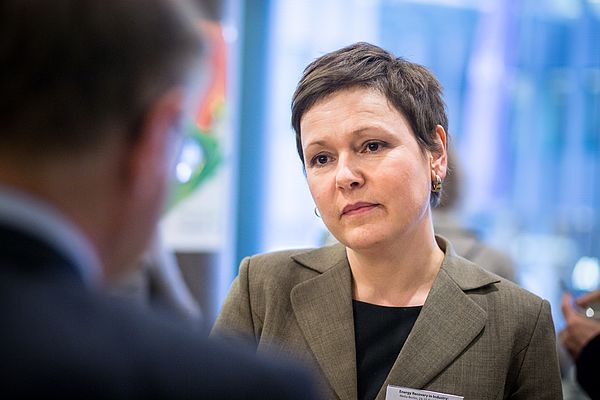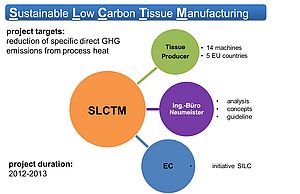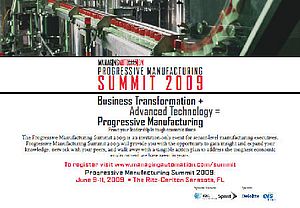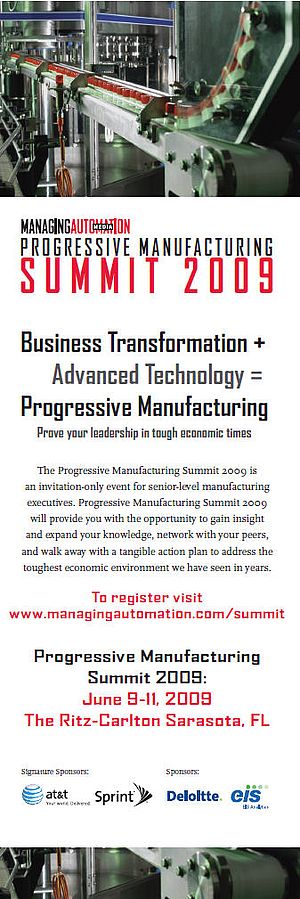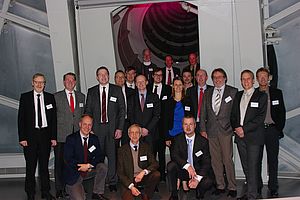By Dr. Toini Løvseth, Policy Manager, Finnfjord AS / Norway
Following revision of The EU emissions trading system (EU ETS) is underway, and many industries are worried. The EU ETS is intended and developed as a market based system for combating carbon change. This combination of important common goal and effective market mechanisms was intended to bring business onboard. Lately it somehow seems that European policy-makers are compromising on this very much needed engagement with businesses. Also it seems now that we have a carbon market that is more sensitive to remarks from MEPs as they pass journalists in the hall than economic and energy fundamentals. Finally, issues like carbon leakage, by moving energy-intensive manufacturing out of the Europe are present and real.
Still, the agreement is that the EU ETS needs to be reformed. But how? Companies such as Finnfjord, Norwegian ferrosilicon producers, are calling for more regulatory certainty and remain a strong supporters of a predictable, market based system for carbon pricing. Especially as with their newly installed energy recovery plant , they are party within the electricity market. European policy-makers should pursue structural reforms of the EU ETS, in order to increase the price of allowances, but reform must align climate policy with the goal of increasing industry´s share of EU GDP to 20% by 2020. Carbon leakage must be stopped.
There is no doubt that the price of EU Allowances (EUAs) is very low. This is first and foremost a result of a severe economic downturn in Europe, secondly the politically initiated introduction of renewable energy in the market. As for the price, the system is working as planned: Keeping emissions below the cap at the lowest possible cost (aid to renewables aside). The problem is only that emission cuts are not done by (carbon capture and storage) CCS or energy efficiency, they are reached by reduction of production. Setting a higher price, will not fix the basic faults of the EU ETS, which is the close connection between economic development and emission price, and the systems lack of protection against carbon leakage. Breakthrough technology will not be financed by a higher price of EUAs in those sectors that have no possibility of pass-through of costs, quite the opposite.
As just fixing the price will not fix the EU ETS and rather increase the unpredictability around the market and it´s functioning, we do not support any of the structural options put forward by the Commission. Options to tighten the market should only be considered for the period after 2020 on the basis of the development of a global CO2 price. Extending the market to new sectors might strengthen the scheme and climate results, but must be seen in relation with international negotiations and plans to couple the EU scheme with other similar schemes around the world.
In order to be able both to protect industrial sectors that are exposed to carbon leakage and increase the price of EUAs other measures than those suggested need to be taken. Both goals can only be reached allocating allowances on the basis of actual production rather than historical emissions/production.
This would effectively decrease the amount of allowances available for many sectors and in total, thus increasing the price. This will make capacity increases, where possible, easier. This will create predictability and, together with increased focus on and protection for the indirect costs of ETS, provide sufficient protection for these sectors to thrive and innovate in Europe, despite competing with companies in countries without climate costs.


